overwintering peppers
liznbeatle
16 years ago
Featured Answer
Comments (88)
ndgrower
14 years agobeastmaker
14 years agoRelated Discussions
overwintering Peppers
Comments (6)What varieties do you have? They really should be in the ground or bigger pots by now (but I understand, I still have some in 4" pots). I have successfully overwintered a couple of plants in 2 and 5-gal pots, but had only about 20% success rate (probably more due to aphid infestation than anything - I gave up on a few and just put them outside to die rather than infest the others). They will need about 65-70 degrees and as much sun as you can give them (I have south-facing window) over the winter, or grow lights. Don't expect any fruit over the winter - they'll just be in maintenance mode. In fact, since yours are in small pots right now, you might not get any harvest at all this year (I'm kind of wondering if it's worth planting the ones I have left in small pots - but worth a shot to harvest them green). Depends on the DTM of your particular variety. If you're in zone 8, you might have enough time to get them in the ground and harvest green. If you have rare varieties, then pot them up and feed them just to maintain them for next year. If they're common varieties like jalapenos, I'd stick them in the ground now, see if they produce, and just start new seed next year - Jan would be good since peppers take longer to germinate and don't grow as quickly as tomatoes. Then you can get an early start next year - get them in the ground about 2 weeks after last frost in the spring. HTH - go to Hot Pepper forum and search overwinter for more info....See MoreWhat next for overwintered peppers?
Comments (12)Josh, thanks for the thought about the rapidly draining small container. I had read the post about the perched water and maybe that is what sent the ones in the bigger containers over the edge. I did put some in small containers but with garden soil and did not water that often. I took some that were in 5 gal. buckets and some in the garden out into the smaller containers to see if that made a difference, but I cannot tell. Overall it looks like about 2/3 died. The ones that I set out and am being careful in my watering do seem like they may start to be forming some leaves but still a little to early to tell. I got some aphids too but without leaves they had little to live on. A keen eye and some insecticidal soap and pyrethrin took care of it enough for me, but I have had the mass infestation before. If it were me I would wait for the cayenne up to a month maybe....See MoreWhen to re-pot these overwintered peppers?
Comments (2)I say drowning and not transpiring as they do not have enough leaves to potentially transpire the amount of water they would get when it rains. The soil in the containers they will be in drains well but it is tough to watch how much water they get it if rains too much. I am just trying to assess how much foliage they need to not die when placed in a larger container that have a greater capacity to retain moisture in the soil even if it does drain well....See MoreOverwintered pepper plant turning yellow/green/white on top leaves.
Comments (3)I hope you shaded it after transplanting. For the winter inside it lost it's hardness. 18 inches tall and wide doesn't sound too big. My peppers by the end of the season are usually at least 2' high, may be more, and at least 20 inches wide (more, if I let them be.) you can trim it a little, I guess. But not the branch that is producing. Support that branch, tie it somewhere, it can easy snap under wind. Other than that, nothing at least 2 weeks after transplanting, then you can start fertilizing......See Morewillardb3
14 years agonotrod
14 years agocorfusue
13 years agoplantslayer
13 years agogreenman28 NorCal 7b/8a
13 years agoplantslayer
13 years agonitti610
13 years agogreenman28 NorCal 7b/8a
13 years agoargentcorvid
13 years agofiedlermeister
13 years agogreenman28 NorCal 7b/8a
13 years agonitti610
13 years agonitti610
13 years agogreenman28 NorCal 7b/8a
13 years agonitti610
13 years agogreenman28 NorCal 7b/8a
13 years agonitti610
13 years agorobertbay
13 years agogreenman28 NorCal 7b/8a
13 years agorobertbay
13 years agogreenman28 NorCal 7b/8a
13 years agoshoontok
13 years agoshoontok
13 years agoplantslayer
13 years agotsheets
13 years agogreenman28 NorCal 7b/8a
13 years agoemailaddress_insightbb_com
13 years agogreenman28 NorCal 7b/8a
13 years agoDMForcier
12 years agoslowrolling
12 years agosimsedward
12 years agotsheets
12 years agoEdymnion
12 years agoGraelin
12 years agoesox07 (4b) Wisconsin
12 years agoGraelin
12 years agogreenman28 NorCal 7b/8a
12 years agoDMForcier
11 years agojdni
9 years agonanelle_gw (usda 9/Sunset 14)
9 years agoozzy2001
9 years agonanelle_gw (usda 9/Sunset 14)
9 years agonanelle_gw (usda 9/Sunset 14)
8 years agolast modified: 8 years agoJim's
8 years agolazy_gardens
8 years agonanelle_gw (usda 9/Sunset 14)
7 years agolast modified: 7 years agochris051443
7 years agolast modified: 7 years ago
Related Stories
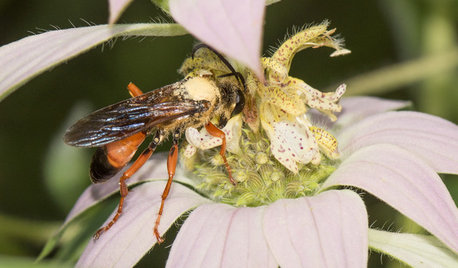
GARDENING GUIDESGreat Golden Digger Wasp: A Beneficial Flower-Visiting Insect
Introducing the great golden digger wasp, a colorful pollinator that also hunts foliage-eating insects
Full Story
GARDENING GUIDES10 Easy Edibles for First-Time Gardeners
Focus on these beginner-friendly vegetables, herbs, beans and salad greens to start a home farm with little fuss
Full Story
HOUSEPLANTSIndoor Winter Gardens for Cheerier Days
Bring plants inside for drab-days mood boosting — not to mention cleaner indoor air and protection for your greenery
Full Story
FARM YOUR YARD9 Ways to Change Up Your Vegetable Garden for the Coming Season
Try something new for edible plantings that are more productive than ever
Full Story
EDIBLE GARDENS12 Essential Herbs for Your Edible Garden
Make home cooking and drinks even better with herbs plucked from your own backyard or windowsill pot
Full Story
FALL GARDENINGReflecting on a Gardening Year
Mistakes and successes, surprises and comforts. The garden helps us grow in new ways every year
Full Story
GARDENING FOR BUTTERFLIESButterfly Gardening: Delight the Eyes With Living Sculptures
Surprise and thrill with a garden that attracts magical winged creatures, bringing color, movement and life
Full Story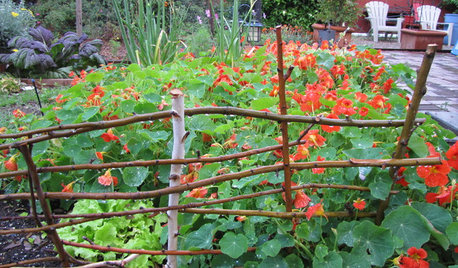
GARDENING GUIDES6 Gift-Giving Gardens for Delights Beyond the Visual
Grow your own natural dyes, snip herbs for home brews and more ... these creative gardens have benefits beyond beauty alone
Full Story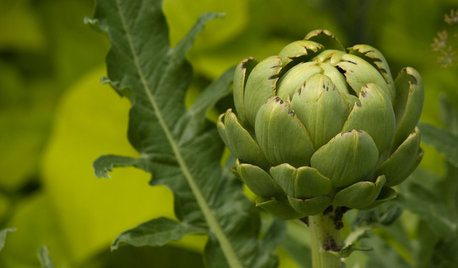
GARDENING GUIDESYour Garden Is Stirring — Here’s What to Do in February
February is a good time to start seeds, shape up shrubs and watch for the earliest blooms. Here’s what to do in your part of the U.S. now
Full Story
HOUSEKEEPINGTo-Dos: Your March Home Checklist
It’s time to rid yourself of winter’s heaviness and set up for spring
Full StorySponsored
Central Ohio's Trusted Home Remodeler Specializing in Kitchens & Baths
More Discussions








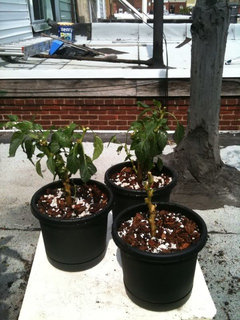

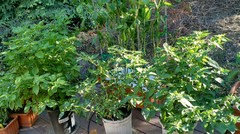
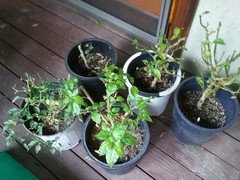
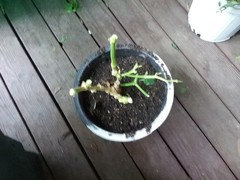
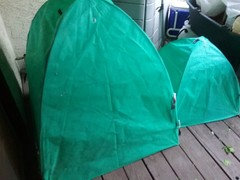
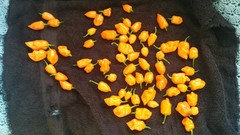



nanelle_gw (usda 9/Sunset 14)